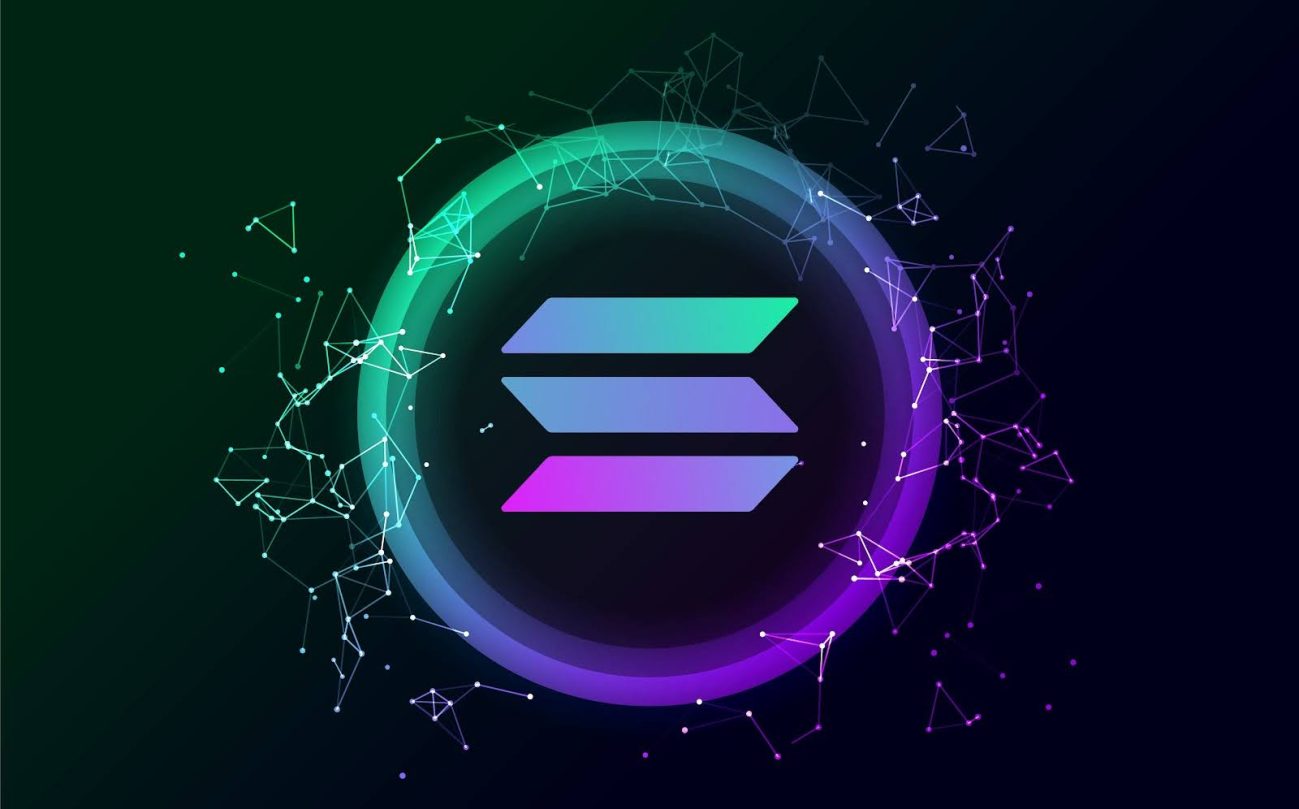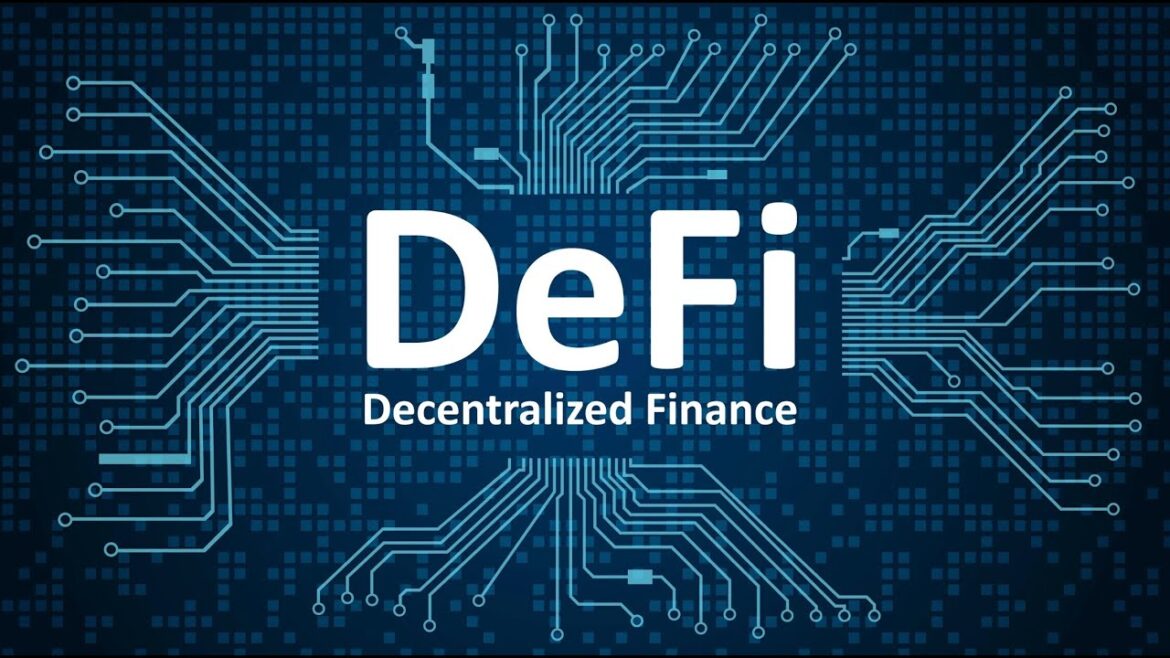Choosing the correct Layer 1 (L1) platform has been one of the most crucial considerations any DeFi protocol makes considering the growing number of blockchains accessible to developers. The creator of one of the biggest distributed exchanges in the world, Uniswap, has expressed his view that Solana fits DeFi applications aiming to run just on an L1 network the best. This claim has generated debates among the blockchain community, stressing not only Solana Meme Coins advantages but also the increasing relevance of Solana Emerges as Top L1 development against multi-layer or multi-chain solutions. The argument addresses the larger movement of simplifying DeFi architecture, boosting transaction efficiency, and stressing scalability—all vital components for the next generation of distributed apps.
Solana Designed for High-Speed DeFi
Solana’s particular technical prowess is at the core of the recommendation. Solana was developed from the ground up to manage low-latency, high-throughput tasks unlike conventional Layer 1 chains. Its high degree of transaction processing efficiency is attained by means of a new consensus technique called Proof of History (PoH). This is also important for DeFi applications—especially those controlling staking, lending, or real-time trading—that need for functionality.
 Low transaction latency guarantees users’ speedy execution of orders free from front-running or slippage issues. Moreover, the very low fees—in fractions of a cent—make microtransactions and high-frequency trading techniques feasible, something not readily accomplished on more crowded chains like Ethereum. Underlying structure of Solana provides a performance-oriented environment best fit for an L1-only DeFi strategy.
Low transaction latency guarantees users’ speedy execution of orders free from front-running or slippage issues. Moreover, the very low fees—in fractions of a cent—make microtransactions and high-frequency trading techniques feasible, something not readily accomplished on more crowded chains like Ethereum. Underlying structure of Solana provides a performance-oriented environment best fit for an L1-only DeFi strategy.
Strategic Sense of an L1-Only Strategy
Building only on an L1 chain helps many facets of development and user experience to be simplified. Projects spanning several Layer 2 (L2) networks or different sidechains must address liquidity fragmentation, inconsistent tools, and sophisticated cross-chain communication protocols. Every extra chain brings development overhead, interface differences, and security hazards. By means of an L1-only approach, on the other hand, developers may maximize performance and keep closer control over both user experience and protocol behavior.
The founder of Uniswap pointing to Solana in this context shows that he understands not every DeFi project requires to be multichain. Rather, it becomes a more elegant and efficient solution if one L1 can offer the required speed, scalability, and dependability. This approach can greatly reduce operational complexity and expenses for smaller teams or startups in the DeFi market, while yet enhancing performance.
Solana’s expanding tools for developers and ecosystems
The strength of a blockchain’s ecosystem is a sometimes disregarded factor while choosing one for use. Recent years have seen Solana build an amazing array of tools, frameworks, and developer resources meant to streamline the DeFi development life. From smart contract libraries and wallet connections to on-chain data indexing and analytics, the infrastructure is growingly strong and user-friendly.

Better assistance, quicker problem-solving, and the rise of complimentary DeFi protocols follow from this community development. Solana’s increasing liquidity and user activity make it an increasingly interesting basis layer for L1-exclusive DeFi products. More wallets, bridges, and apps using Solana helps the network present itself not only as a technology rival but as a vibrant DeFi ecosystem in its own right.
Solana’s Challenges as the Sole Platform
Solana has certain shortcomings despite its advantages; hence, depending just on any L1 blockchain results in natural trade-offs. Solana has seen substantial outages or performance slowdowns, which would especially affect time-sensitive DeFi apps. The network has worked to boost stability by means of code enhancements and validator upgrades, yet the impression of dependability still remains.
Furthermore depending on one blockchain means depending on its governance structure and road map. Developers have less choices to oppose or leave should a protocol or validator majority decide to bring modifications contradicting the essential ideals of a project. An L1-only method ties a project more tightly to the decisions of that ecosystem than a multichain model whereby elements can be transferred or varied.
Conclusion
The support of Solana as the ideal fit for L1-only DeFi Revolution by Uniswap’s founder represents a turning point in the continuous infrastructure discussion inside Web3. Strategic specialization is replacing the one-size-fits-all solution as the area develops. Solana is a deserving contender for developers looking to avoid the difficulty of multichain installations because of its speed, minimal costs, and ideal architecture. Simultaneously, its expanding ecosystem and developer tools position it as more than merely a technical fix—rather, as a center of DeFi innovation.
Developers still have to be practical, though. Though every infrastructure choice should take long-term stability, user needs, and project goals into account, no blockchain is flawless. Solana presents an interesting, high-performance architecture for those ready to commit to an L1-only strategy that could redefine what is feasible in DeFi. As other initiatives investigate similar routes, Solana’s ledger might perhaps write the future of distributed finance.



